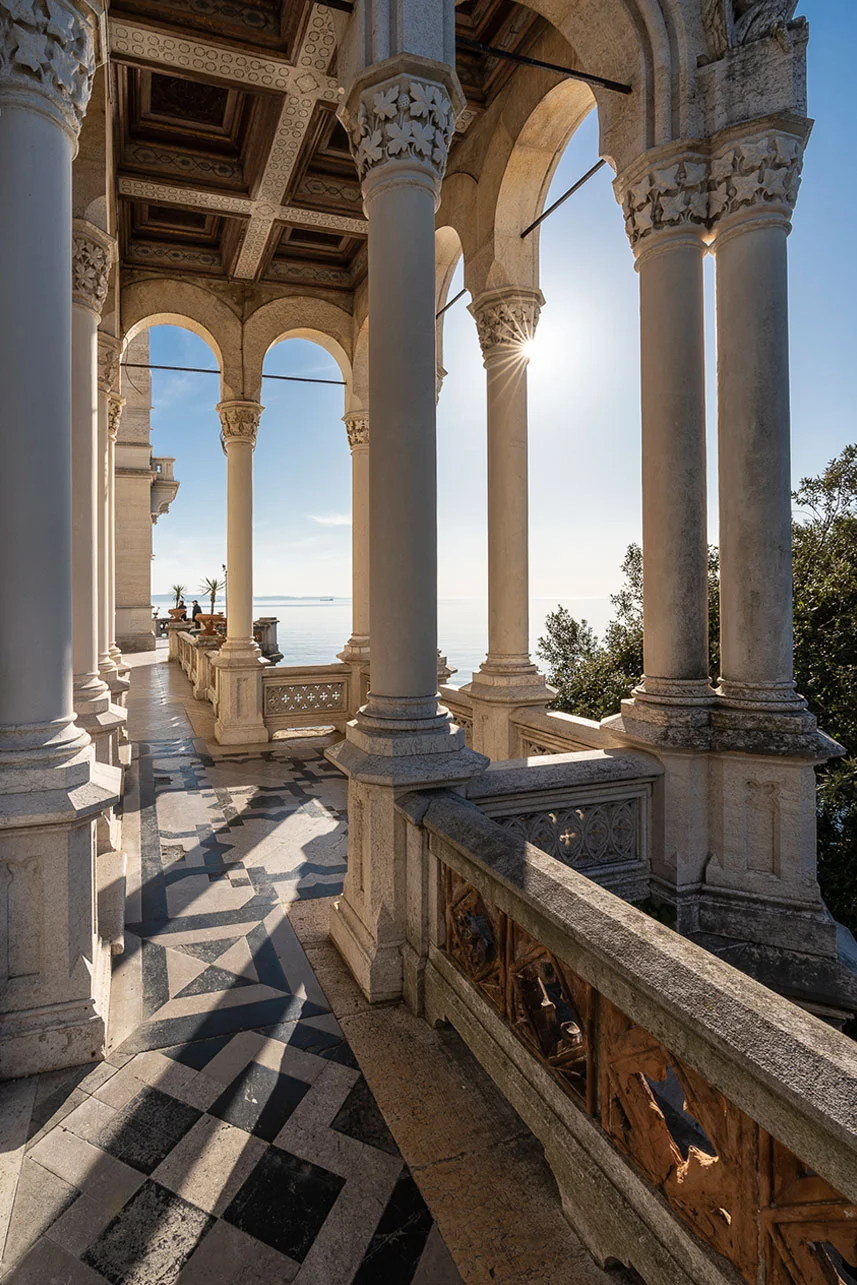The sculpture, which depicts a Celtic warrior slumped to the ground, is a small scale reproduction of the famous marble model from the Roman period on display at the Capitoline Museums, derived from a Hellenistic sculpture from the third century B.C., celebrating the victory over the Gauls of the king Attalus I of Pergamon. The work enjoyed universal fame, and copies were made of it in the most diverse materials, culminating in the nineteenth century in ornamental items such as this one.
In 1864 Maximilian purchased this piece, along with other bronzes taken from representative works of Graeco-Roman classicism, from the Parisian maison of Ferdinand Barbedienne (1810-1892), which specialised in bronze reproductions of famous sculptures.
The Dying Gaul is one of the pieces in the collection that testify to Maximilian’s adherence to the prevailing taste of his time, particularly in surrounding himself with copies of famous works, both paintings and sculptures, with special emphasis on models of Graeco-Roman classicism.

Location: Maximilian’s study, known as Sala Novara.





Recent Comments